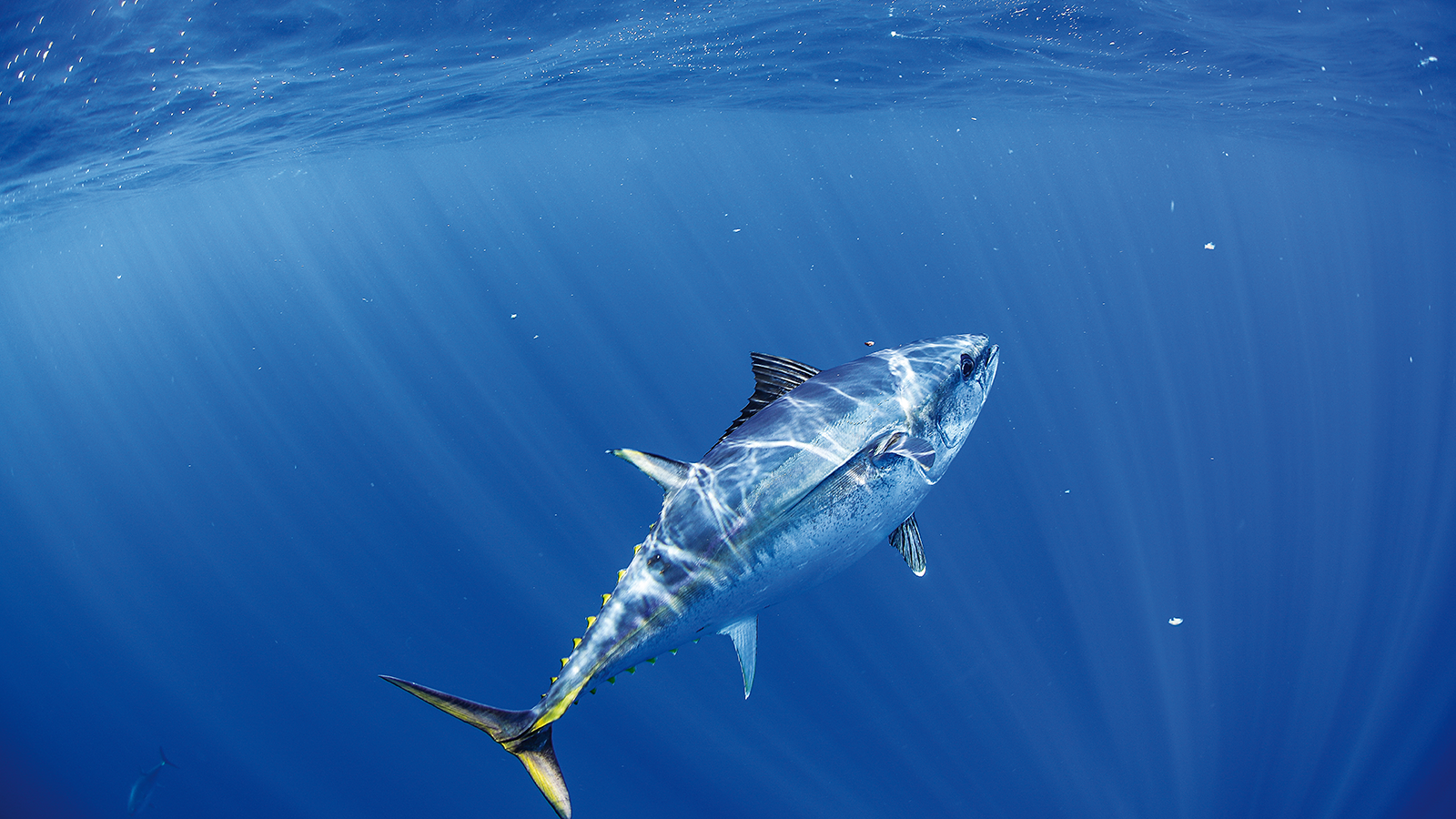In intensive aquaculture systems oxygen supplementation is necessary to prevent hypoxia; however, oversupply can hyper-saturate systems causing gas bubble disease. Oxygenation in aquaculture, fish holding and transport systems using standard technologies is extremely inefficient; standard oxygen transfer efficiencies (SOTE) are estimated at between 2 and 6% per m submergence for coarse and fine bubble diffusers, respectively, at standard conditions of 0 ppt salinity and 20 °C. Advances in the efficiency of gas–liquid phase processes has seen the emergence of nanobubble technologies producing ultrafine bubbles (⌀ 1 µm). The advantage of nanobubbles over larger micro/macrobubbles is that they are neutrally buoyant, negatively charged and can remain within the water column, potentially for weeks. Nanobubble technologies now have a demonstrated application across a broad variety of industries including wastewater treatment, biomedical engineering, gas and oil industry, agriculture, and the food industry. Surprisingly, outside of Japan, there has been little research on the application of nanobubble technology to the aquaculture sector. Nanobubble technology can potentially improve oxygen delivery systems for fish stock and water treatment in aquaculture systems, improving the nitrifying capacity of biofilters and efficiencies in fractionation units. However, there are currently no reliable studies demonstrating the efficacy of nanobubble technology, nor any assessment of the potential health impacts on fish in aquaculture systems. We have undertaken a preliminary pilot trial with encouraging results. Oxygenation was applied to a recirculating aquaculture system via nanobubble injectors for 10 days and fish (yellowtail kingfish) were observed to feed and behave normally when compared to a control group. Before this technology can be considered for broader adoption, a thorough long term investigation needs to be undertaken to assess the long term health effects on fish stock held in nanobubble oxygenated water and the suitability for application of this technology to the aquaculture industry.
Project number:
2019-139
Project Status:
Current
Budget expenditure:
$294,869.00
Principal Investigator:
Igor Pirozzi
Organisation:
Department of Primary Industries and Regional Development (NSW)
Project start/end date:
30 Jun 2021
-
29 Jun 2023
Contact:
FRDC
TAGS
1. To demonstrate the efficacy of nanobubble technology for use in finfish aquaculture by:i) assessing the health, growth and feed conversion efficiencies of fish cultured in a recirculating aquaculture system at different temperatures, salinities and stocking densities exposed to nanobubblesii) determining the effect of nanobubble oxygenation on waste water treatment efficiencies in a recirculating aquaculture system.iii) providing a preliminary cost benefit analysis on the implementation of nanobubble aeration to an aquaculture system
Author:
Igor Pirozzi
Final Report
•
2025-02-21
•
2.76 MB
2019-039-DLD.pdf
Nanobubble (NB) technology, i.e. the production of ultrafine bubbles with diameters <1 µm, is an emerging field which has the potential to greatly improve oxygenation efficiencies in aquaculture production. Before this technology can be considered for adoption by the aquaculture industry, a thorough assessment of the health and growth effects on fish stock held in NB oxygenated water is required. Three trials were conducted to compare NB technology with conventional oxygenation setup (ceramic diffusers and air stones, oxygen gas and air) in a recirculating aquaculture system (RAS) under a number of different aquaculture scenarios testing i) stocking density, ii) salinity, and iii) temperature.

PROJECT NUMBER
•
2024-027
PROJECT STATUS:
CURRENT
Centro Workshop - Actions and management outcomes for Longspined Sea Urchin
1. 1. Collaboration to determine centro management activities that can be delivered in the short to mid-term.
ORGANISATION:
Victorian Fisheries Authority (VFA) Queenscliff

PROJECT NUMBER
•
2024-005
PROJECT STATUS:
CURRENT
External review of independent data validation options, uses and opportunities
1. Deliver a systematic literature review of global independent data validation methods, and the costs and benefits associated with implementing these in commercial fisheries.
ORGANISATION:
Institute for Marine and Antarctic Studies (IMAS) Hobart

PROJECT NUMBER
•
2023-072
PROJECT STATUS:
CURRENT
Educational travel trip for Ocean Trap and Line industry development to explore alternative fishing practices which help prevent TEP species interactions and ghost fishing
1. Enable Australian fishing industry representatives to attend the 2023 Ropeless Consortium conference in Halifax, Nova Scotia (and industry meetings)
ORGANISATION:
OceanWatch Australia Ltd





